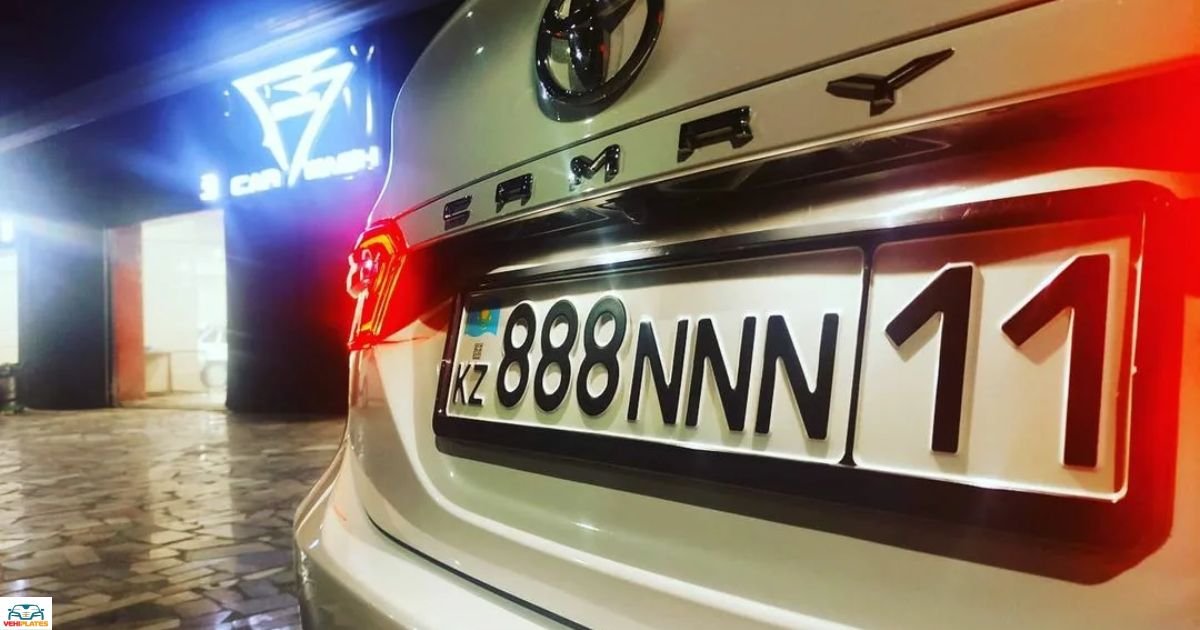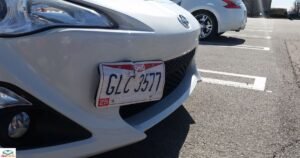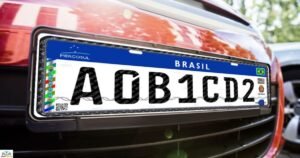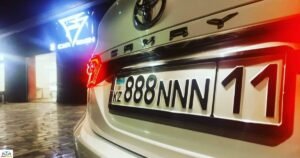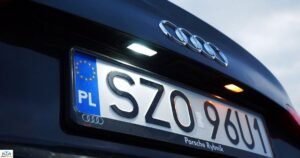License plate lights are an essential yet often overlooked component of a vehicle’s lighting system. They provide illumination to the license plate, ensuring it’s visible in low-light conditions or at night.
When these lights malfunction, it can lead to various issues, including legal troubles and safety concerns.
In this article, we’ll explore the reasons behind license plate lights not working and how to troubleshoot and resolve these issues effectively.
Importance of License Plate Lights
Before delving into the reasons for their malfunction, let’s first understand why license plate lights are important. These lights serve a dual purpose: enhancing the visibility of the license plate for law enforcement and improving the overall safety of the vehicle.
In many jurisdictions, having operational license plate lights is a legal requirement, and failure to comply can result in fines or penalties.
Common Causes of License Plate Light Failure
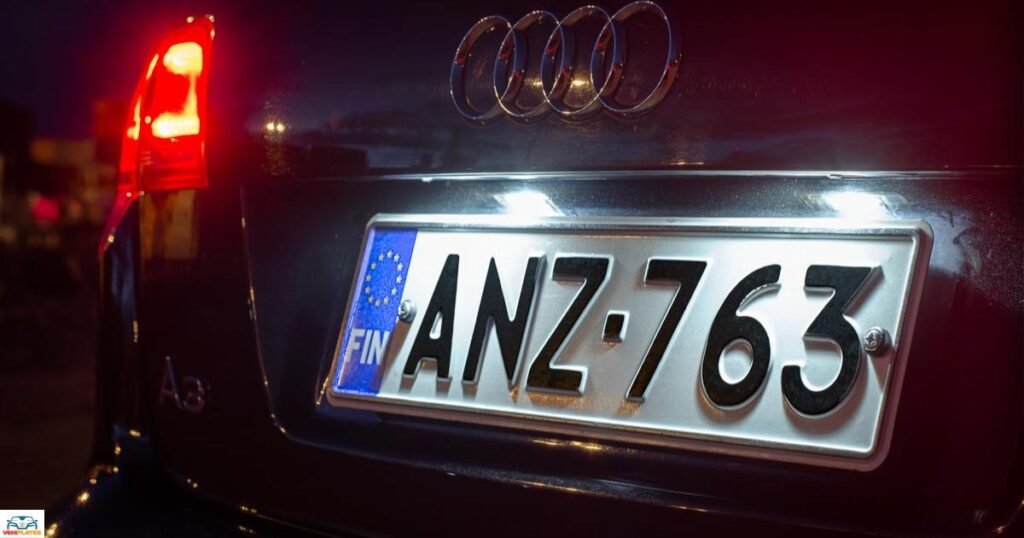
Several factors can contribute to license plate lights not working. Understanding these common causes can help in diagnosing and rectifying the issue promptly. Some of the primary reasons include:
Burned-Out Bulbs: Like any other light bulb, license plate bulbs can burn out over time due to regular usage. This is one of the most common reasons for their malfunction.
Faulty Wiring: Damaged or corroded wiring can interrupt the flow of electricity to the license plate lights, causing them to stop working.
Blown Fuse: A blown fuse in the vehicle’s electrical system can disrupt power supply to the license plate lights, resulting in their failure. If you’re wondering, ‘Where can I get a front license plate installed?‘ it’s best to consult with a local auto shop or dealership for professional assistance.
Loose Connections: Loose or disconnected wiring connections can prevent the proper functioning of license plate lights. Vibrations from driving can sometimes loosen these connections over time.
Water Damage: Exposure to moisture or water ingress can damage the electrical components of the license plate light assembly, leading to malfunction.
Faulty Switch or Relay: If the switch or relay responsible for controlling the license plate lights is faulty, it can prevent them from turning on.
Troubleshooting License Plate Light Issues
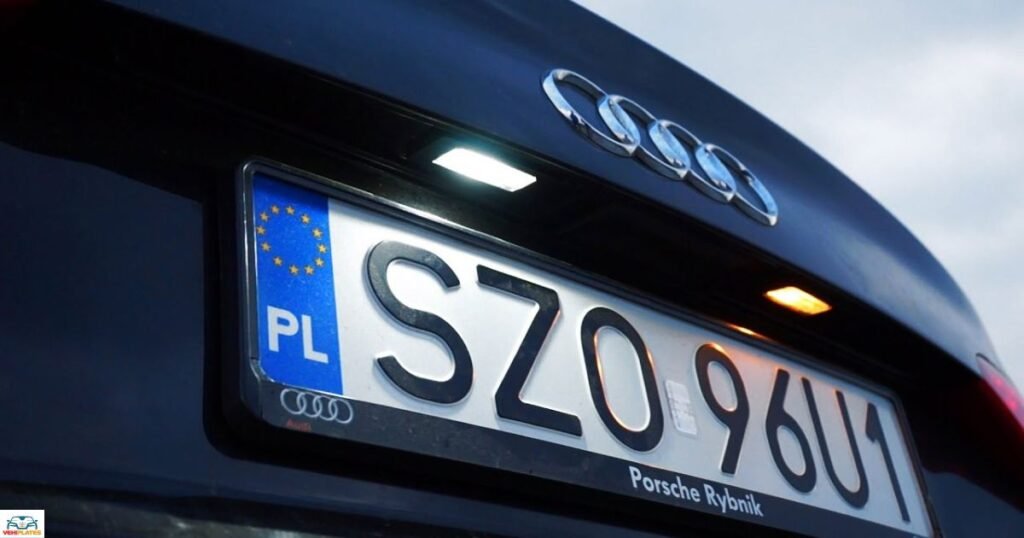
When faced with non-functional license plate lights, it’s essential to follow a systematic approach to identify and address the underlying problem. Here’s a step-by-step guide to troubleshooting license plate light issues:
Inspect the Bulbs: Start by visually inspecting the license plate bulbs for any signs of damage or discoloration. If a bulb appears blackened or broken, it likely needs replacement.
Check the Fuse: Refer to the vehicle’s manual to locate the fuse box and identify the fuse corresponding to the license plate lights. Replace the blown fuse with a new one of the same amperage rating.
Test the Wiring: Use a multimeter to test the continuity of the wiring connected to the license plate lights. Ensure there are no breaks or shorts in the wiring harness.
Inspect for Corrosion: Examine the wiring connections for any signs of corrosion or oxidation, and don’t forget to check what size are license plate bolts. Thoroughly clean the connections and securely tighten them.
Verify Switch Operation: Test the functionality of the switch or relay responsible for controlling the license plate lights. If faulty, replace the switch or relay as necessary.
Check for Water Damage: Inspect the license plate light assembly for any signs of water damage, such as rust or corrosion. Seal any gaps or cracks to prevent further water ingress.
Consult Professional Assistance: If troubleshooting steps fail to resolve the issue, consider seeking assistance from a qualified automotive technician or electrician.
DIY Solutions for License Plate Light Repair
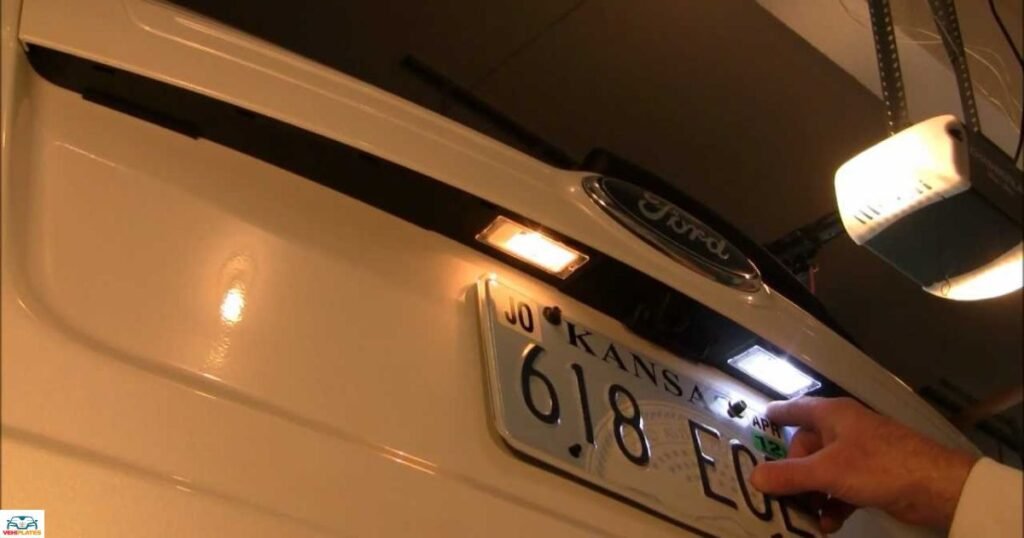
In many cases, fixing license plate light issues can be a straightforward DIY task. Here are some common solutions that vehicle owners can implement themselves:
Replace Bulbs: Purchase replacement bulbs compatible with your vehicle’s make and model and install them following the manufacturer’s instructions.
Clean and Tighten Connections: To remove corrosion from wiring connections and ensure they are tightly secured, use a wire brush or contact cleaner.
Replace Fuse: If the fuse is blown, replace it with a new one of the same rating. Make sure to use the appropriate type of fuse recommended for your vehicle.
Seal Light Assembly: Apply a silicone sealant or automotive-grade adhesive to seal any gaps or cracks in the license plate light assembly to prevent water ingress.
FAQ’s
How do I know if my license plate light is not working?
Your license plate light may not be working if it does not illuminate your license plate at night. It may also fail in low-light conditions.
Can I get pulled over for a malfunctioning license plate light?
Yes, driving with a non-functioning license plate light can result in a traffic violation and potential fines.
What should I do if my license plate light is not working?
Start by checking the bulbs, fuses, and wiring connections to identify and resolve the issue.
Conclusion
Maintaining functional license plate lights is crucial for both legal compliance and road safety. Vehicle owners can identify license plate light failure by understanding common causes. Following proper troubleshooting procedures helps resolve issues effectively.
Proactive maintenance ensures license plate lights stay operational. This keeps both drivers and law enforcement satisfied by replacing bulbs, checking wiring connections, and addressing water damage.
Seek professional assistance without hesitation to ensure the correct resolution of the problem if DIY solutions prove insufficient.
